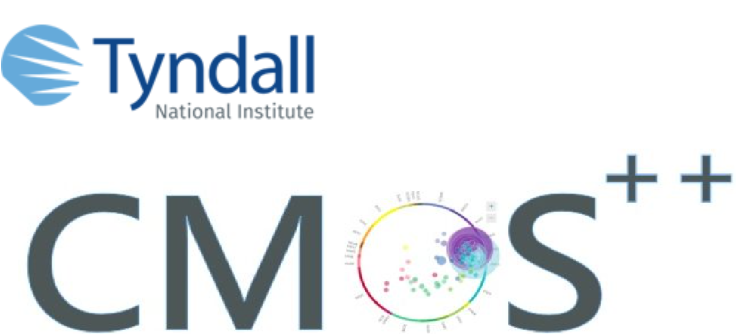Materials growth within the CMOS++ cluster at Tyndall National Institute falls into three main categories of vapour phase deposition methodology, metalorganic vapour phase epitaxy (MOVPE), chemical vapour deposition (CVD) and atomic layer deposition (ALD). Each of these techniques has its own unique advantages and disadvantages allowing a suitable process to be selected across a wide spectrum of device needs. For the epitaxial growth of III-V semiconductors MOVPE is the method of choice, enabling the production of high-quality films and innovative site-controlled quantum dots. Chemical vapour deposition, the more generic vapour phase process, is used at Tyndall to grow metal oxide structures, both crystalline lattice matched and poly crystalline materials. ALD is employed where conformality and ultra-thin films are required.
Since atomic level processing is driven by the chemistry of precursors at surfaces it is a natural candidate for atomic level modelling , using first principles density functional theory (DFT). DFT is able to model surfaces and surface chemistry to a reasonable level of accuracy, treating hundreds of atoms at a time. One can determine the thermodynamics of potential reactions and compute activation barriers for particular processes. These allow one to assess if the chemistry is feasible and what reaction by-products are possible. Furthermore, one can use activation barriers from DFT as input to kinetic Monte Carlo simulations to explore film growth on much larger and complex models, obtaining results that can be directly compared to experiment.

